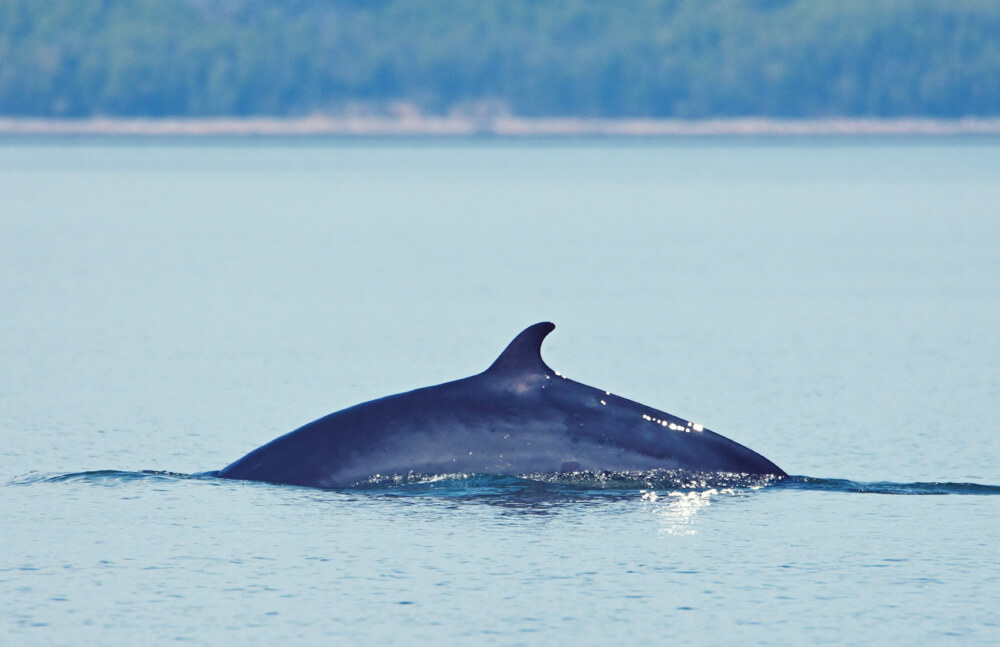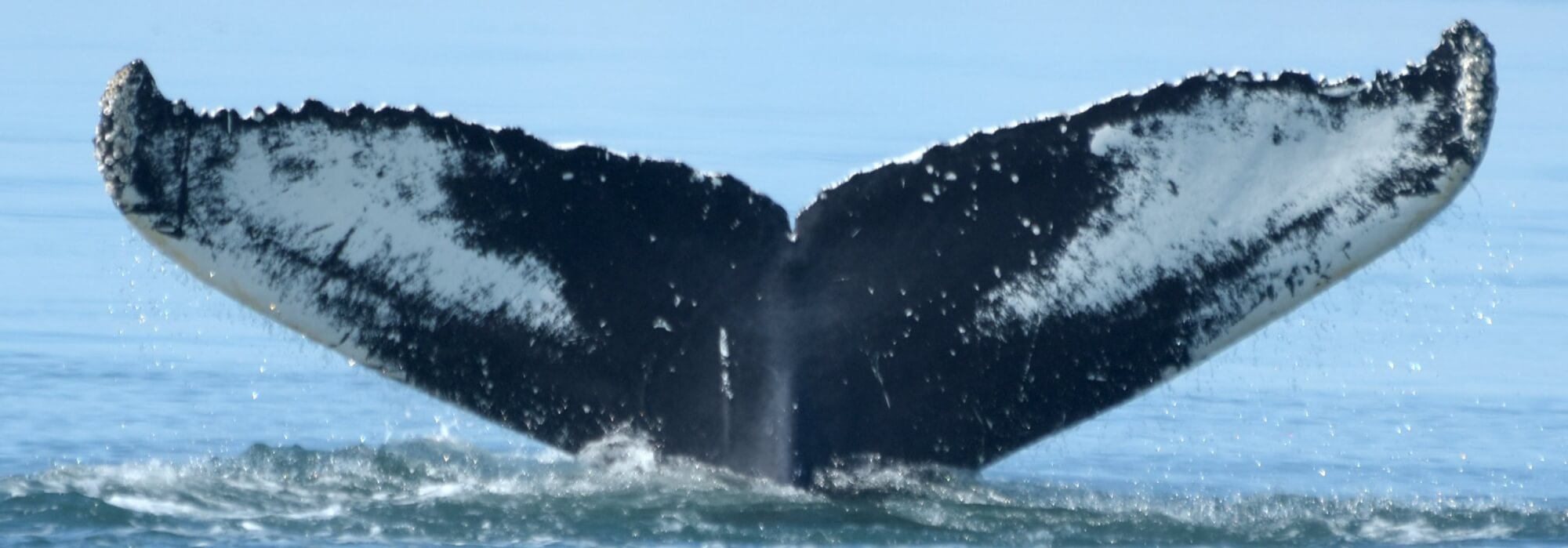You’ve probably heard this question more than once since the start of the season! Our team therefore felt it might be appropriate to dig a little deeper and provide at least some partial answers, which we hope will be both helpful and educational.
No two years are ever the same!
To determine whether or not a season is within the range of averages, we rely on observation data from recent years. Here, in the St. Lawrence, such data have been collected for a good while now. And over the past 40 seasons, the sector has experienced a number of other slow starts! Having to wait until mid-July to see more than five humpbacks or fin whales has already occurred several times since the 1990s.
And it’s not just arrival dates that vary from year to year. What about the number of whales that visit the estuary?! Many of you will remember 2021 as a banner year for whale watching. The word “exceptional” was not used haphazardly, as it truly was an extraordinary year!
Although the number of humpbacks in the St. Lawrence and the Northwest Atlantic is trending upward, the situation for fins and blues is less clear. There are signs that suggest that the number of fin whales frequenting the St. Lawrence is declining. An even greater decrease is feared for blue whales, though this cannot yet be confirmed. With regard to minke whales, we have even less information.
Marathon migrants who like to take their time
The number of large rorquals that visit the St. Lawrence or the date they make their first appearance is not a direct correlation of their abundance or even what is happening here!
First of all, large rorquals have a tremendous distance to cover before they arrive in the gulf or estuary, as most of them are setting out on their journeys from regions lying nearly 3,000 km south of the St. Lawrence! The whales will therefore show up only after they’ve finished lolling in the warm waters of the tropics! Jokes aside, whales actually maintain a busy winter schedule, and the timing of their departure can vary from season to season. In the same way that it is easier to plan one’s arrival time for a 15-minute car ride than it is for one lasting several days, it is normal for whales’ arrival date to vary by a few weeks from one year to the next!
Although a large percentage of the individuals of each of these species regularly return to the same places to feed, these hefty eaters are sometimes suspected of making stops along the way, depending on the abundance and quality of the “snack bars” they encounter en route.
Stays of variable duration in the estuary
Data collected by GREMM and Parks Canada clearly reflect a significant variation from one year to the next in the patterns of visiting whales. Some individuals will linger in the estuary for an extended period, while others will only make brief appearances. But one of the key takeaways for us is that although the whales’ visiting patterns vary considerably, they are not necessarily representative of the number of individuals observed!
What effect will climate change have on the habits of the large rorquals that visit the Marine Park? While the significant uptick in right whales in the Gulf of St. Lawrence since 2015 is generally considered a response to climate change, it is generally difficult to predict what kinds of effects this phenomenon will have on large rorquals.
So, should we be worried or not?
The answer is probably different for each species. Whatever the case, we remain both attentive and intrigued. Our ability to better protect whales and better coexist with them notably hinges on how well we understand them.
Long-term studies such as those undertaken by Fisheries and Oceans Canada, Parks Canada and GREMM are used to document these variations. Amongst other things, such research aims to establish correlations between these patterns and the increasingly significant changes in the whales’ environment and in the abundance and quality of their prey.







